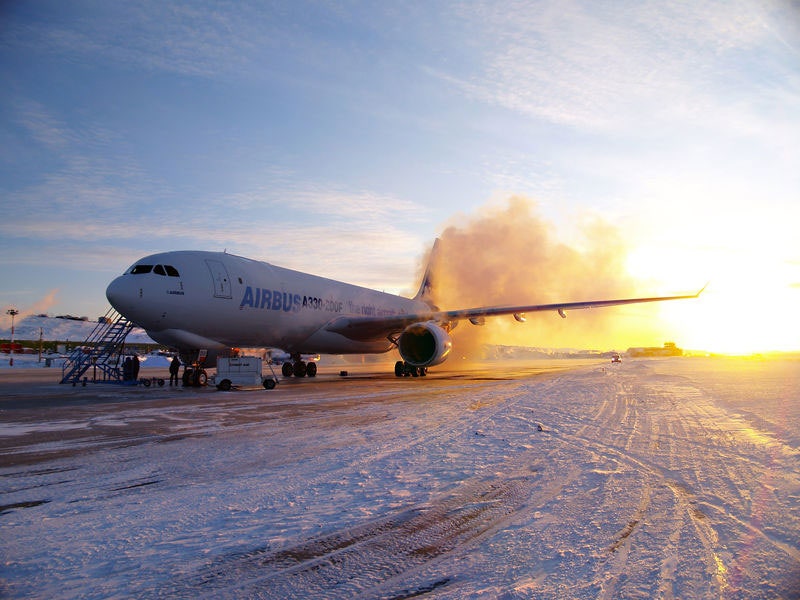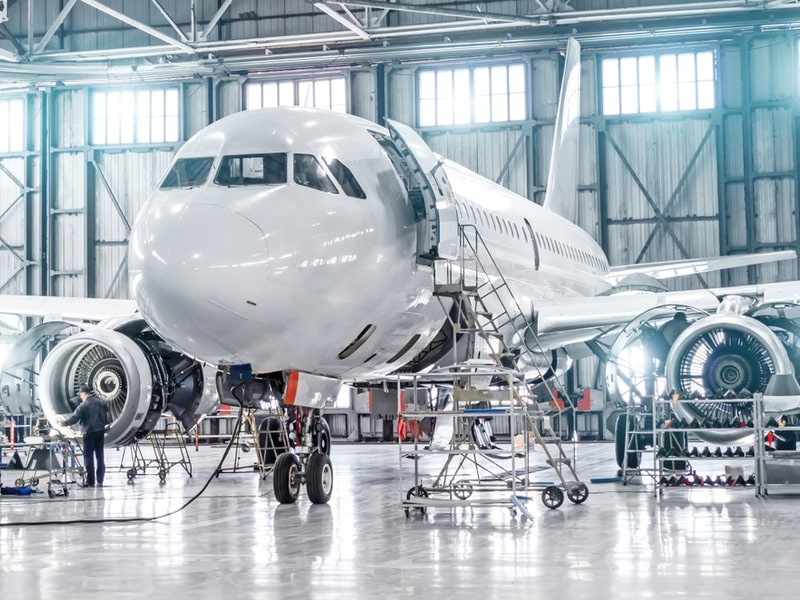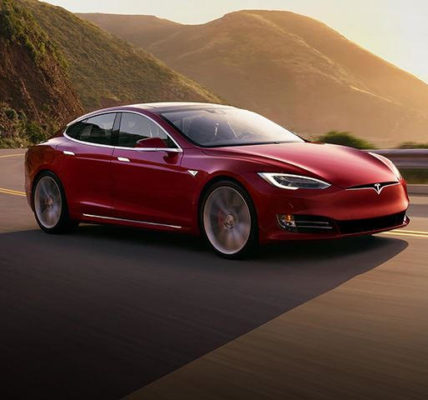Long Island, with its treeless expanse known as the Hempstead Plains, proximity to Manhattan, and gateway to the nation as well as the European continent through the Atlantic Ocean, generated countless, once-famous aircraft makers, consisting of the American Aeronautical Corporation, the American Aircraft and also Engine Corporation, Brewster, Burnelli, Columbia, Cox-Klemin, Curtiss, EDO, Fairchild, Grumman, Ireland, the LWF Design Firm, Loening, Orenco, Ranger, Republic, Sikorsky, Sperry, and Vought.
Making airplanes, powerplants, and elements, they constructed leader styles as well as biplanes during the 1910s and 1920s, presented significant improvements throughout the two-decade Golden era between 1919 and also 1939, and also churned out armed forces boxers that were taken into consideration indispensable elements in the toolbox of democracy during the 2nd World War.
Although these East Coastline companies were but darkness of those on the West Coastline, such as Boeing, Douglas (later on McDonnell-Douglas), as well as Lockheed, which endowed the world with piston, turboprop, pure-jet, and also turbofan passenger-carrying airliners, their Long Island counterparts produced a couple of notable types in this group.
American Airplane as well as Engine Firm:
The American Airplane as well as Engine Firm’s first-and, in the event, only-airliner was the Explorer 100, which was conceived by Fairchild, yet was consequently proceeded by the brand-new firm, itself a division of the Aeronautics Company. It grew its origins in the previous Fairchild factory at Republic Airport in 1931. It represented, somewhat, the impact an airplane maker could apply on an airline company.
William Littlewood, basic supervisor of the initial Fairchild Engine manufacturing facility, and Myron Gould Beard, a pilot as well as engineer there, inevitably occupied work at then-named American Airways (currently American Airlines) and also the former’s initial significant assignment was to create specifications for an economical airplane. “Airliner” after that indicated no more than a lots travelers.
” Out of this task came the Pilgrim, the very first commercial transportation to be designed according to an airline company’s specifications,” according to Robert J. Serling in Eagle: The Tale of American Airlines (St. Martin’s/ Marek, 1985, p. 19). “It was a single-engine airplane carrying 9 passengers and zipped a solitary pilot. The cabin was hard to reach from the cabin; messages to the travelers were gone through a sliding panel in a bulkhead.”

Primarily designed by Fairchild Principal Designer Otto Kirchner as well as Task Engineer John Lee, it was the result of Avco’s $35,000 study to change the existing single-engine kinds that showed also little for American’s requirements, while the trimotors provided excessive capacity. The initial, 15-aircraft order provided the carrier’s Embry-Riddle, Southern, as well as Universal departments.
Powered by a 575-hp Pratt as well as Whitney, nose-mounted R-1340 Wasp engine, the Explorer included a high, right, fabric-covered wing; 3 traveler home windows and also a 4th on top of the departure door on either side of its fuselage; 2 single-wheel major undercarriage bogies truss-rigged from the wing; a tailwheel; as well as an enclosed, single-person cockpit and nine-passenger cabin. The production 100A variation was equipped with a 575-hp Pratt and also Whitney Hornet B-16 engine, which was changed by the equally-rated Wright Cyclone R-1820 radial on the 100B that itself presented a bigger upright tail. American also ran this version.
Including a 39.2-foot total length and also a 57.5-foot wingspan, it brought a 2,150-pound payload and also had a 7,100-pound gross weight. Variety was 510 miles. Cruising rate was 118 mph. And its service ceiling was 13,600 feet.
Of the 26 Pilgrims produced, American ran 22 100As as well as 100Bs, and the US Military Air Corps flew four marked Y1C-24, utilizing them on light cargo and also supply missions. In their later aeromedical evacuation function, they fit 4 litre clients.
Former American Pilgrims discovered support in Alaska.
“Explorer aircraft were a favored among Alaskan bush pilots throughout he time when air transportation was developing superiority over pet dog teams, steamboats, and railroads in carrying travelers and also freight in the region of Alaska,” according to the National Register of Historic Places’ Stock Nomination Kind.
If you’d like to learn more about aviation, visit MAAERO for more information.













